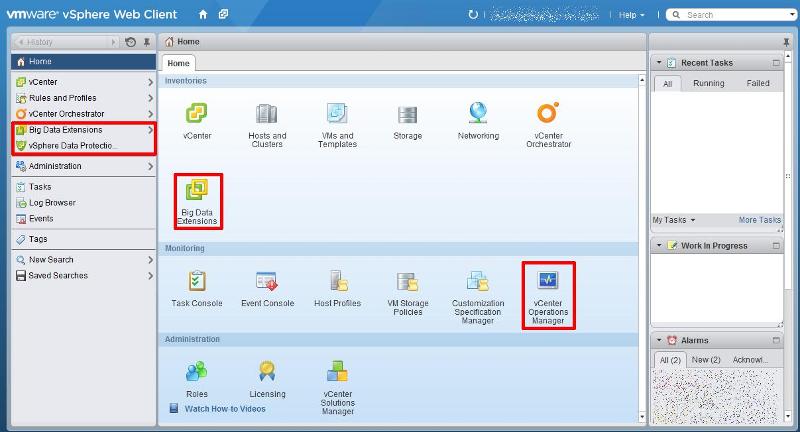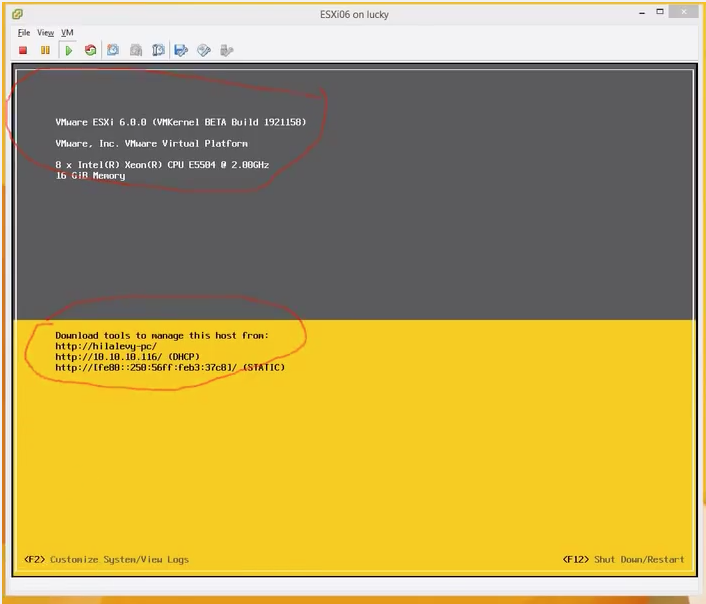

VMware products support virtualization, software-defined data centers, and cloud infrastructure management.

It can share resources from the same physical server, such as CPU, RAM, and network interfaces. The hypervisor can be used for performing multiple virtual machines. The basis of the virtualization technology method is the ESX/ESXi bare metal hypervisor for x86 architecture. VMware proposed virtualization technology in the 1990s. Storage Spaces Direct is still in need of continued development and features.VMware has an extended lead over Hyper-V in security solutions and software-defined networking.Not quite as mature as VMware, including features.Play catchup with VMware in several areas.


Hyper-V, briefly known before its release as Windows Server Virtualization, is a native hypervisor designed by Microsoft in 2016. This article will provide you with more knowledge about what Hyper-V is, what VMware is, and their differences. Currently, two significant hypervisors dominate the virtualization market - Hyper-V vs. Whether your company has put this technology into practice, it is essential to consider virtualization technology in working scenarios.Ī hypervisor is computer software, firmware, or hardware that creates and runs virtual machines. In this way, virtualization help ease the massive cost of equipment and resources and improve working efficiency. In recent years, virtualization technology is becoming more accepted by many corporations and organizations as virtualization makes a single piece of computer hardware possible to be shared among several virtual machines. VMware: What Are the Differences Introduction PAGE CONTENT: What Is Hyper-V What Is VMware Hyper-V vs.


 0 kommentar(er)
0 kommentar(er)
